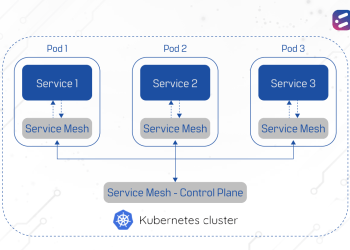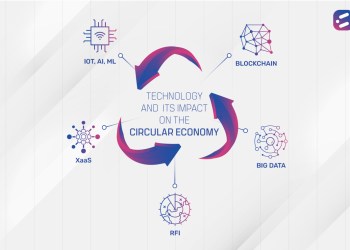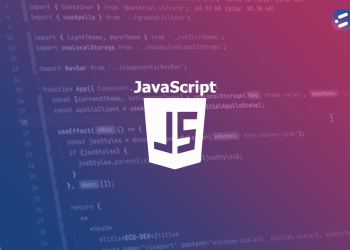Planning to modernize your legacy Learning Management System (LMS)? Whether you plan to execute the project with internal teams or with an external technology partner, here are the 7 stages you’ll need to complete.
1. Preparation of a high-level transformation plan
The first step in the process is to take note of a high level view of the existing system and its shortcomings, and therefore arrive at an overview of the planned solution. This should also include a documentation of activities and stages involved in the development process along with time and cost estimations.
2. In-depth review of source LMS system
Once Step 1 gains in-principle clearance, the next step is to deep-dive into the existing LMS application. This should include analysis of the current platform type, its technology, functionalities, and the pain points that exist with the system. The output of this activity should be a Source System Architecture and Functionality document.
3. Development of a Technical Design Document
With a good understanding of the starting point, it is important to clearly define and document the desired end point or outcome of the entire project. This is achieved through a Technical Design Document (TDD), which captures the system architecture, all required components, the data migration process, and so on.
In short, this Re-Architecture Technical Design Document acts as the blueprint on how to transform the source legacy system into a cloud native application while retaining the functionalities of the source system as far as possible.
4. Development and QA based on the Technical Design Document
Once the TDD is developed, reviewed, shared for approvals, and receives the sign-off of the decision making authority, the LMS modernization project is ready to move forward to development.
In this step, the actual development of the updated LMS gets underway. Here, the target system architecture and functionality are to be developed as per the specifications in the TDD. The technology and development practices and process to be followed can be determined based on the recommendations and preferences of the client organization and the technology partner.
Once development is completed, a rigorous QA process is essential to ensure that the final product is of high quality.
5. User Acceptance Testing (UAT)
Once development and QA are complete, the modernized LMS application needs to be tested by the final stakeholder, to confirm that it meets the specifications agreed upon during documentation. This is typically done using UAT test scripts based on which specific tests are defined to validate specific functionalities and processes on the modernized LMS, with responses from the stakeholder recorded and analyzed by the development team.
6. Data migration from source to target
When the application passes the UAT stage, the production environment is set up, and the application is configured in this environment. Now, to get the system fully up and running, the data from the source LMS system needs to be migrated to the target system, i.e. the modernized LMS on the new production environment.
7. Verification, validation, and go-live
With all data imported into the production system, the modernized LMS is now nearly ready to go live. Before doing so, it is important for the development team to carry out a final round of verification, in order to validate that every aspect of the system is functioning as it should. With this done, the modernized LMS is now ready to go live!
We hope you’ll find this guide useful as you plan the modernization of your legacy LMS. At CloudNow, this is the kind of project we execute day in and day out, so you’ll find we’re an ideal partner to guide you through the complexities of a project of this nature. Talk to us today to see how we can help!













